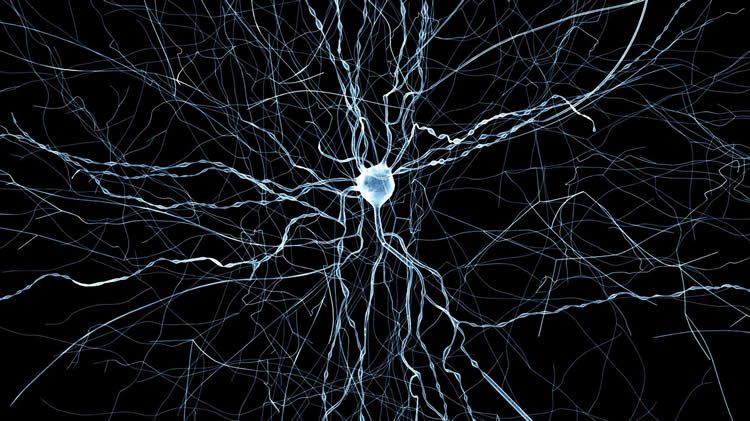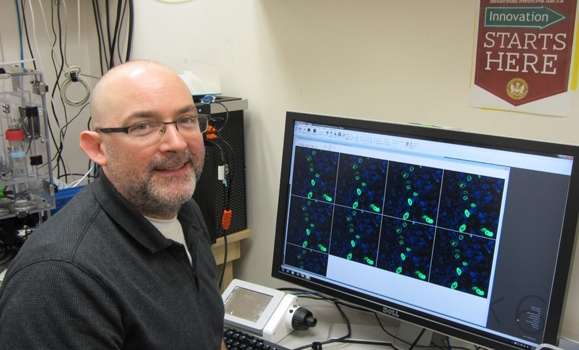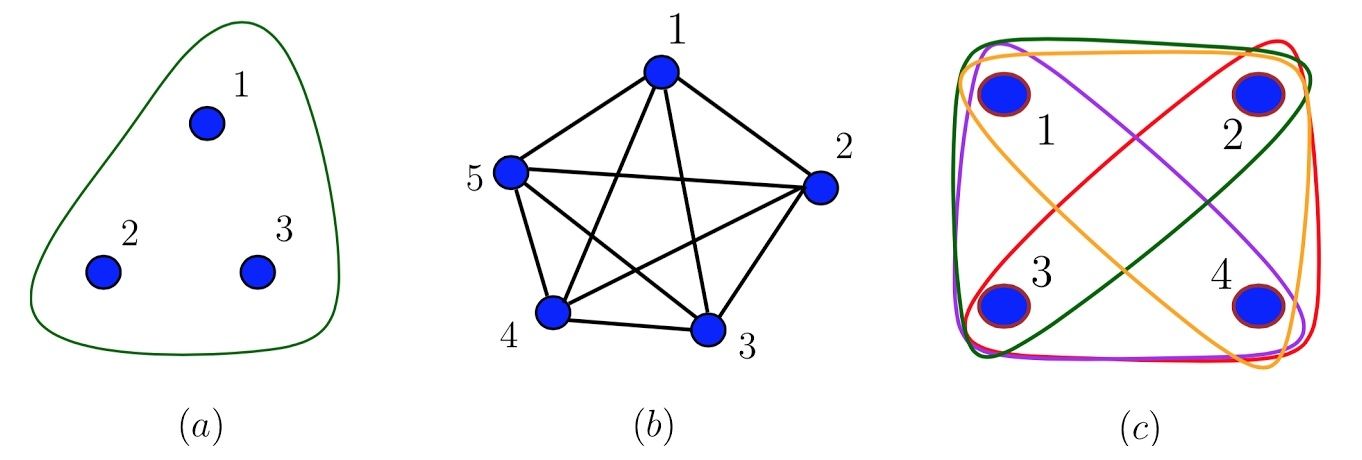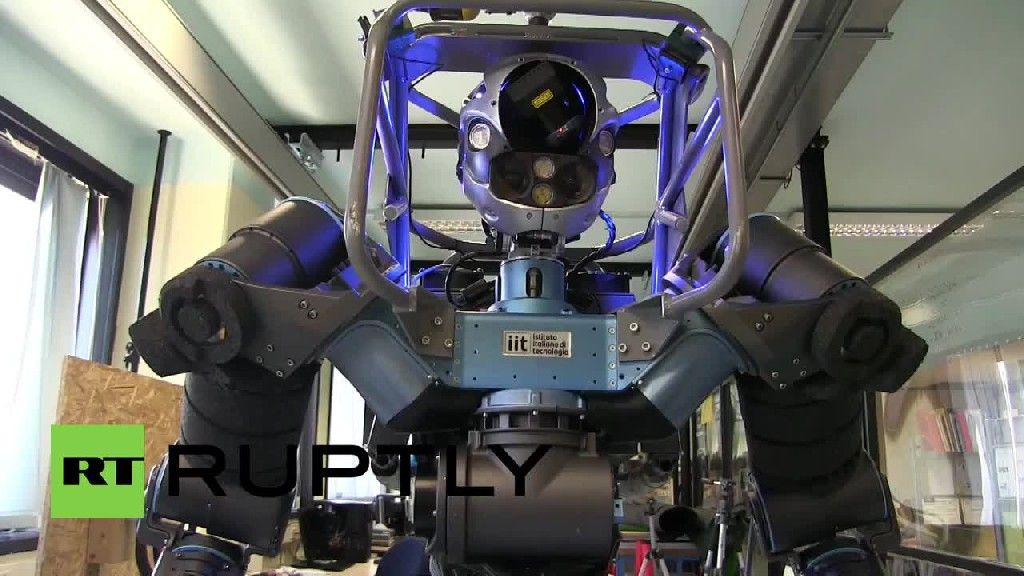Page 11732
Mar 4, 2016
A radical new study has pin pointed the most compelling locations where we could soon discover intelligent aliens
Posted by Sean Brazell in category: alien life
There are two types of aliens that humans could detect within the next century: Primitive…
Mar 4, 2016
Goodyear Thinks Tires Of The Future Will Be 3D-Printed Spheres
Posted by Shailesh Prasad in categories: 3D printing, transportation

These #3Dprinted sphere-shaped tires could be the future of automobiles thanks to Goodyear.
Mar 4, 2016
Bill Gates Explainer: A Mind-Blowing Fact | Bill Gates
Posted by Odette Bohr Dienel in category: energy

“Americans spend more on gas in a week than the government does on clean energy research in a year. Bill Gates does some back-of-the-envelope math to show how he arrived at that conclusion.”
Mar 4, 2016
The world’s biggest source of freshwater is beneath your feet
Posted by Shailesh Prasad in category: food
You might not give it more than a passing thought, but groundwater is a vital freshwater resource. In Australia alone, the reserves of groundwater help to earn the nation a steady A$34 billion a year from mining, food production and manufacturing.
But it’s also a vulnerable resource. Worldwide, about 1.7 billion people live in regions where groundwater is under stress, 60 percent of them in India and China.
US and Canadian researchers recently calculated the total amount of the world’s groundwater and estimated that it is equivalent to a lake 180 metres deep covering the entire Earth. This makes groundwater the largest active freshwater resource on the planet.
Continue reading “The world’s biggest source of freshwater is beneath your feet” »
Mar 4, 2016
Virtual Neurons Created by Blue Brain and the Allen Institute
Posted by Shailesh Prasad in categories: computing, neuroscience
The Allen Institute for Brain Science is releasing new, highly realistic computer models of neurons. The models were developed using tools and expertise from the Blue Brain Project.
The Allen Institute for Brain Science and the Blue Brain Project are deepening their collaboration. Today, the US-based Allen Institute is releasing a set of 40 computer models of neurons from the mouse visual cortex, created using tools developed by the Swiss-based Blue Brain Project at EPFL. Using Blue Brain technology, the researchers were able to reproduce the physiology and electrical activity of the neurons with an extremely high level of detail.
The Blue Brain Project is the simulation core of the Human Brain Project, a huge pan-European initiative. The scientific journal Cell recently published a long paper demonstrating the effectiveness of the Blue Brain Project’s modeling tools, focusing on the high accuracy and predictive power of the models and the discoveries they have already led to, including insight into the unexpected role of calcium. At the same time, the team has made these resources available to researchers around the world on a web-based platform.
Mar 4, 2016
Researcher develops technique for enhancing gene therapy
Posted by Shailesh Prasad in categories: biotech/medical, genetics, neuroscience
Using his knowledge of how genes are organized and repaired in human cells, Dr. Graham Dellaire, Dalhousie Medical School’s Cameron Research Scientist in Cancer Biology, has developed a technique that could make gene therapy more effective and safer to use. His work was recently published in Nucleic Acids Research and Nature.
CRISPR, named 2015’s breakthrough discovery of the year, stands for “Clustered Regularly-Interspaced Short Palindromic Repeats.” It can accurately target and edit DNA, offering the potential to cure genetic diseases and find new treatments for cancer.
To apply CRISPR in non-dividing cells—such as those in muscle and brain tissue—researchers must first make them behave like cells that divide. They do this by turning on a cellular process called homologous recombination, which protects DNA; the recombination allows a cell’s genes to be manipulated and rearranged without the possibility of causing more harm than good.
Mar 4, 2016
Physicists find extreme violation of local realism in quantum hypergraph states
Posted by Karen Hurst in categories: computing, particle physics, quantum physics
(Phys.org)—Many quantum technologies rely on quantum states that violate local realism, which means that they either violate locality (such as when entangled particles influence each other from far away) or realism (the assumption that quantum states have well-defined properties, independent of measurement), or possibly both. Violation of local realism is one of the many counterintuitive, yet experimentally supported, characteristics of the quantum world.
Determining whether or not multiparticle quantum states violate local realism can be challenging. Now in a new paper, physicists have shown that a large family of multiparticle quantum states called hypergraph states violates local realism in many ways. The results suggest that these states may serve as useful resources for quantum technologies, such as quantum computers and detecting gravitational waves.
The physicists, Mariami Gachechiladze, Costantino Budroni, and Otfried Gühne at the University of Siegen in Germany, have published their paper on the quantum hypergraph states in a recent issue of Physical Review Letters.
Continue reading “Physicists find extreme violation of local realism in quantum hypergraph states” »
Mar 4, 2016
The beginning of the end for encryption schemes? New quantum computer, based on five atoms, factors numbers in a scalable way
Posted by Karen Hurst in categories: computing, education, encryption, nanotechnology, quantum physics
Replacing traditional encryption schemes.
What are the prime factors, or multipliers, for the number 15? Most grade school students know the answer — 3 and 5 — by memory. A larger number, such as 91, may take some pen and paper. An even larger number, say with 232 digits, can (and has) taken scientists two years to factor, using hundreds of classical computers operating in parallel.
Mar 4, 2016
Italy: Meet the humanoid bot made to tackle emergency situations
Posted by Karen Hurst in categories: habitats, robotics/AI
Needs lots and lots of work still.
The humanoid robot Walk-man showed of some of his life-saving capabilities in Genoa Thursday, as the Italian Institute of Technology (IIT) and University of Pisa develop the hardware for disaster response operations.
The 185-centimetre-high (72 inch) robot is a result of the four-year research program which started in October 2013 aimed at assisting or even replacing humans in civil damaged sites including buildings, such as factories, offices and houses.
Continue reading “Italy: Meet the humanoid bot made to tackle emergency situations” »















